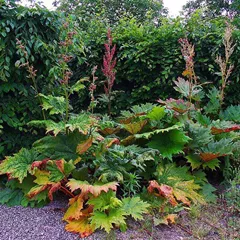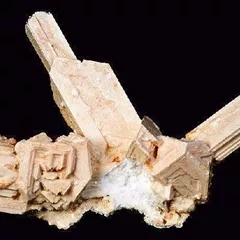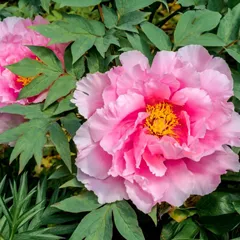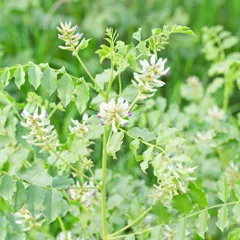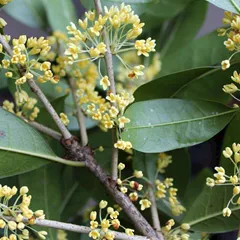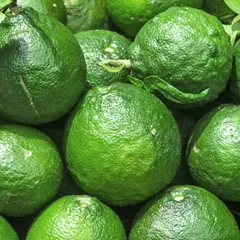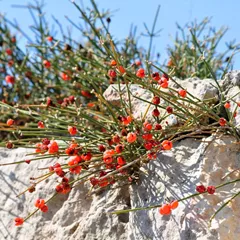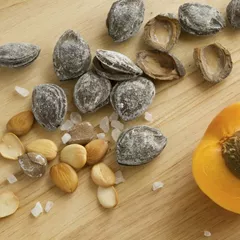Tao He Cheng Qi Tang
Tao He Cheng Qi Tang
Chinese: 桃核承气汤
Pinyin: Táo Hé Chéng Qì Tāng
Other names: Peach Pit Decoction to Order the Qi, Persica and Rhubarb Combination
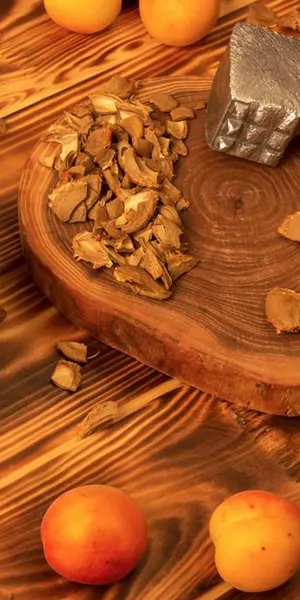
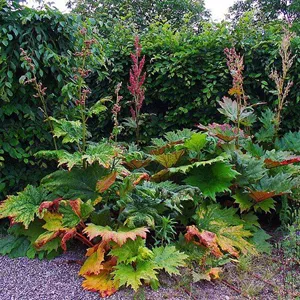
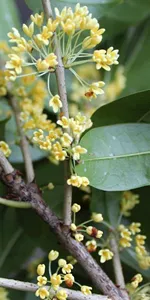
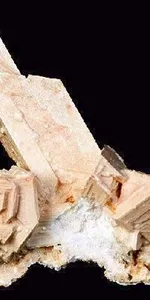
Tao He Cheng Qi Tang
Tao He Cheng Qi Tang
Chinese: 桃核承气汤
Pinyin: Táo Hé Chéng Qì Tāng
Other names: Peach Pit Decoction to Order the Qi, Persica and Rhubarb Combination
Number of ingredients: 5 herbs
Formula category: Formulas that invigorate Blood and dispel Blood Stagnation
Conditions for which it may be prescribed: EczemaCystitisMigraine and twenty nine other conditions
- Dispels Heat and
- Eliminates Blood Stagnation
Contraindications: Contraindicated during pregnancy.
Source date: 220 AD
Source book: Discussion of Cold Damage
The information provided here is not a replacement for a doctor. You shouldn't use it for the purpose of self-diagnosing or self-medicating but rather so you can have a more informed discussion with a professional TCM practitioner.
Tao He Cheng Qi Tang is a 5-ingredient Chinese Medicine formula with Peach Kernels (Tao Ren) and Rhubarb (Da Huang) as principal ingredients.
Invented in 220 AD, it belongs to the category of formulas that invigorate Blood and dispel Blood Stagnation. Its main actions are: 1) dispels Heat and and 2) eliminates Blood Stagnation.
In Chinese Medicine health conditions are thought to arise due to "disharmonies" in the body as a system. These disharmonies are called "patterns" and the very purpose of herbal formulas is to fight them in order to restore the body's harmony.
In this case Tao He Cheng Qi Tang is used by TCM practitioners to fight patterns like Blood Stagnation, Greater Yang Accumulation of Blood or Heat and Blood Stagnation in the Lower Burner. From a Western Medicine standpoint, such patterns can give rise to a range of conditions such as leiomyoma, retained placenta or prolonged lochia for instance.
On this page, after a detailed description of each of the five ingredients in Tao He Cheng Qi Tang, we review the patterns and conditions that Tao He Cheng Qi Tang helps treat.
The five ingredients in Tao He Cheng Qi Tang
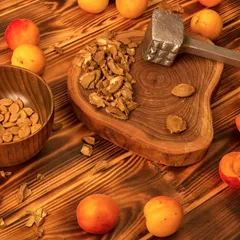
Tao Ren is a king ingredient in Tao He Cheng Qi Tang. Like the name indicates, it means it has more power than other ingredients in the formula.
1. Peach Kernels (Tao Ren)
Part used: Dried ripe seed
Nature: Neutral
Meridian affinity: HeartLarge intestineLiver
Category: Herbs that invigorate the Blood
In general Tao Ren's main actions are as follows: "Moves Blood and breaks up Stasis. Moistens the Intestines. Relieves coughing."
In the context of Tao He Cheng Qi Tang, it is used because it breaks up and eliminates Blood Stagnation.
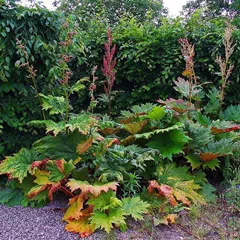
Da Huang is a king ingredient in Tao He Cheng Qi Tang. Like the name indicates, it means it has more power than other ingredients in the formula.
2. Rhubarb (Da Huang)
Part used: Dried root and rhizome
Nature: Cold
Taste(s): Bitter
Meridian affinity: SpleenStomachLarge intestineLiverPericardium
Category: Purgative herbs that drain downward
In general Da Huang's main actions are as follows: "Drains Excess Heat and eliminates Dampness, especially when in the Bright Yang stage according to the Six Stages Theory. Cools the Blood and stops bleeding. Invigorates Blood, breaks up Stasis and relieves pain. Clears Heat and toxins from Excess. Applied topically for Hot sores and Blood Stasis."
In the context of Tao He Cheng Qi Tang, it is used because it clears pathogenic Heat and purges accumulations.
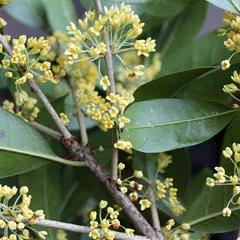
Gui Zhi is a deputy ingredient in Tao He Cheng Qi Tang. This means it helps the king ingredient(s) treat the main pattern or it serves to treat a coexisting pattern.
3. Cinnamon Twigs (Gui Zhi)
Gui Zhi warms the sinews, unblocks the vessels, and dispels retained Blood from the Lower Burner. In doing so it helps the Peach kernels eliminate Blood Stagnation.
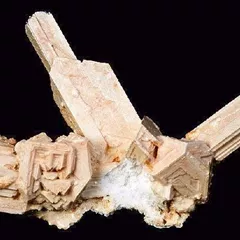
Mang Xiao is an assistant ingredient in Tao He Cheng Qi Tang. This means that it either serves to reinforces the effect of other ingredients or it moderates their toxicity.
4. Mirabilites (Mang Xiao)
Part used: The rock crushed as a powder
Nature: Cold
Meridian affinity: StomachLarge intestine
Category: Purgative herbs that drain downward
Mang Xiao softens areas of hardness and dispels Stagnation, thereby helping Rhubarb move stools, drain Heat and eliminate Blood Stagnation.
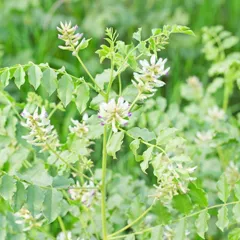
Gan Cao is an envoy ingredient in Tao He Cheng Qi Tang. This means that it directs the formula towards certain area of the body and/or harmonizes the actions of other ingredients.
5. Liquorice (Gan Cao)
Part used: Dried root and rhizome
Nature: Neutral
Taste(s): Sweet
Meridian affinity: HeartLungSpleenStomach
Category: Tonic herbs for Qi Deficiency
Gan Cao protects the Stomach and the Middle Burner by moderating the detrimental effects of the other ingredients in this formula.
Conditions and patterns for which Tao He Cheng Qi Tang may be prescribed
It's important to remember that herbal formulas are meant to treat patterns, not "diseases" as understood in Western Medicine. According to Chinese Medicine patterns, which are disruptions to the body as a system, are the underlying root cause for diseases and conditions.
As such Tao He Cheng Qi Tang is used by TCM practitioners to treat three different patterns which we describe below.
But before we delve into these patterns here is an overview of the Western conditions they're commonly associated with:
Leiomyoma Retained placenta Prolonged lochia Perimenopausal syndrome Cystitis Prostatitis Gonorrhea urethritis Ulcerative colitis Traumatic headache Cerebral contusion Migraine Trigeminal neuralgia Schizophrenia Histerical psychosis Epilepsy Conjunctivitis Hordeolum Blepharitis Pterygium Gingivitis Cerebrovascular disease Atherosclerosis Hypertension Myocardial infarction Varicose veins Urticaria Seborrheic dermatitis Erysipelas Scarlet fever Allergic purpura Eczema Pelvic inflammatory disease
Again it wouldn't be correct to say "Tao He Cheng Qi Tang treats leiomyoma" for instance. Rather, Tao He Cheng Qi Tang is used to treat patterns that are sometimes the root cause behind leiomyoma.
Now let's look at the three patterns commonly treated with Tao He Cheng Qi Tang.
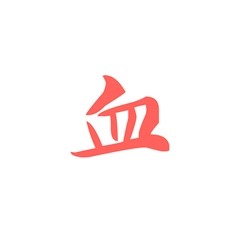
Blood (Xue) is one of Chinese Medicine's vital subtances. Learn more about Blood in Chinese Medicine
Blood Stagnation
Pulse type(s): Choppy (Se), Firm (Lao), Wiry (Xian)
Tongue color: Reddish-Purple
Symptoms: Lumps Tremor Numbness Dark face Dizziness Purple lips Purple nails Blotchy skin Restlessness Itching scalp Painful period Abdominal mass Scanty periods Abdominal pain Abdominal masses Skin capillaries Hesitant periods Tendency to bleed Premenstrual pain Dark colored blood Traumatic swelling Shoulder stiffness Absence of menstruation Boring fixed stabbing pain Frequent bleeding episodes Dark clots in menstrual blood Abdominal distention and fullness
Tao He Cheng Qi Tang is sometimes prescribed by TCM practitioners to treat Blood Stagnation. This pattern leads to symptoms such as dark face, purple lips, boring fixed stabbing pain and abdominal masses. Patients with Blood Stagnation typically exhibit choppy (Se), firm (Lao) or wiry (Xian) pulses as well as Purple tongue .
Blood Stagnation - also often referred to as "Blood Stasis" - is where the Blood flow is heavily restricted in all or parts of the body. It is one of the most important diagnostic conditions in Chinese Medicine because it is frequently the cause of intractable pain syndromes anywhere in the... read more about Blood Stagnation

Blood (Xue) is one of Chinese Medicine's vital subtances. Learn more about Blood in Chinese Medicine
Greater Yang Accumulation of Blood
Pulse type(s): Deep (Chen), Rapid (Shu), Fine (Xi)
Symptoms: Restlessness Blood in urine Hypogastric fullness Hypogastric distention
Tao He Cheng Qi Tang is sometimes prescribed by TCM practitioners to treat Greater Yang Accumulation of Blood. This pattern leads to symptoms such as hypogastric distention, hypogastric fullness, blood in urine and restlessness. Patients with Greater Yang Accumulation of Blood typically exhibit deep (Chen), rapid (Shu) or fine (Xi) pulses.
This is one of the four patterns of the Greater Yang stage, the fourth stage of the Six Stages theory.
In this pattern the External Pathogen has created an accumulation of Heat in the Bladder and the Lower Burner. In this pattern, the Heat has reached the Blood level.
This accumulation itself... read more about Greater Yang Accumulation of Blood

The Triple Burner is a so-called "Fu" Organ. Learn more about the Triple Burner in Chinese Medicine
Heat and Blood Stagnation in the Lower Burner
Pulse type(s): Choppy (Se), Full (Shi)
Symptoms: Thirst Amenorrhea Night fever Irritability Dysmenorrhea Restlnessness Delirious speech Lower abdominal pain
Tao He Cheng Qi Tang is sometimes prescribed by TCM practitioners to treat Heat and Blood Stagnation in the Lower Burner. This pattern leads to symptoms such as lower abdominal pain, night fever, delirious speech and irritability. Patients with Heat and Blood Stagnation in the Lower Burner typically exhibit choppy (Se) or full (Shi) pulses.
Learn more about Heat and Blood Stagnation in the Lower Burner
Formulas similar to Tao He Cheng Qi Tang
Da Huang Mu Dan Pi Tang is 60% similar to Tao He Cheng Qi Tang
Tiao Wei Cheng Qi Tang is 60% similar to Tao He Cheng Qi Tang
Gui Zhi Fu Ling Wan is 40% similar to Tao He Cheng Qi Tang
Da Cheng Qi Tang is 40% similar to Tao He Cheng Qi Tang
Ling Gui Zhu Gan Tang is 40% similar to Tao He Cheng Qi Tang
Ma Huang Tang is 40% similar to Tao He Cheng Qi Tang

